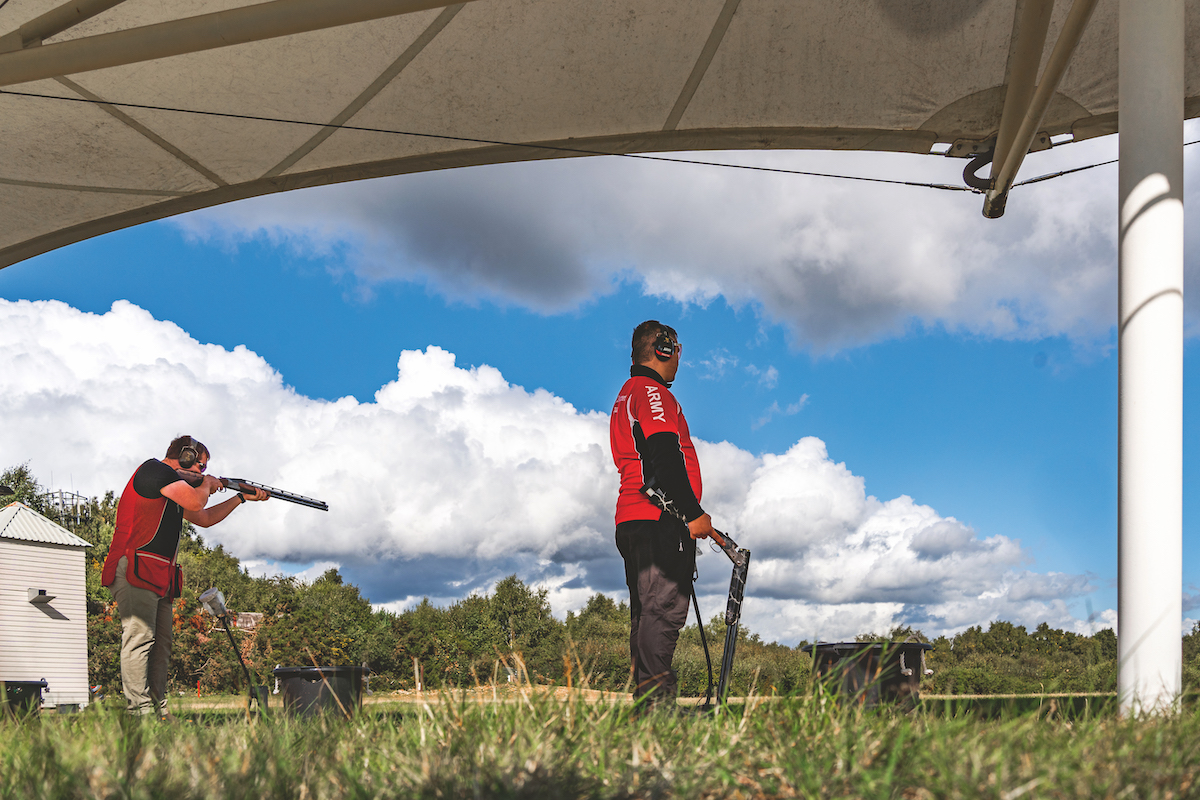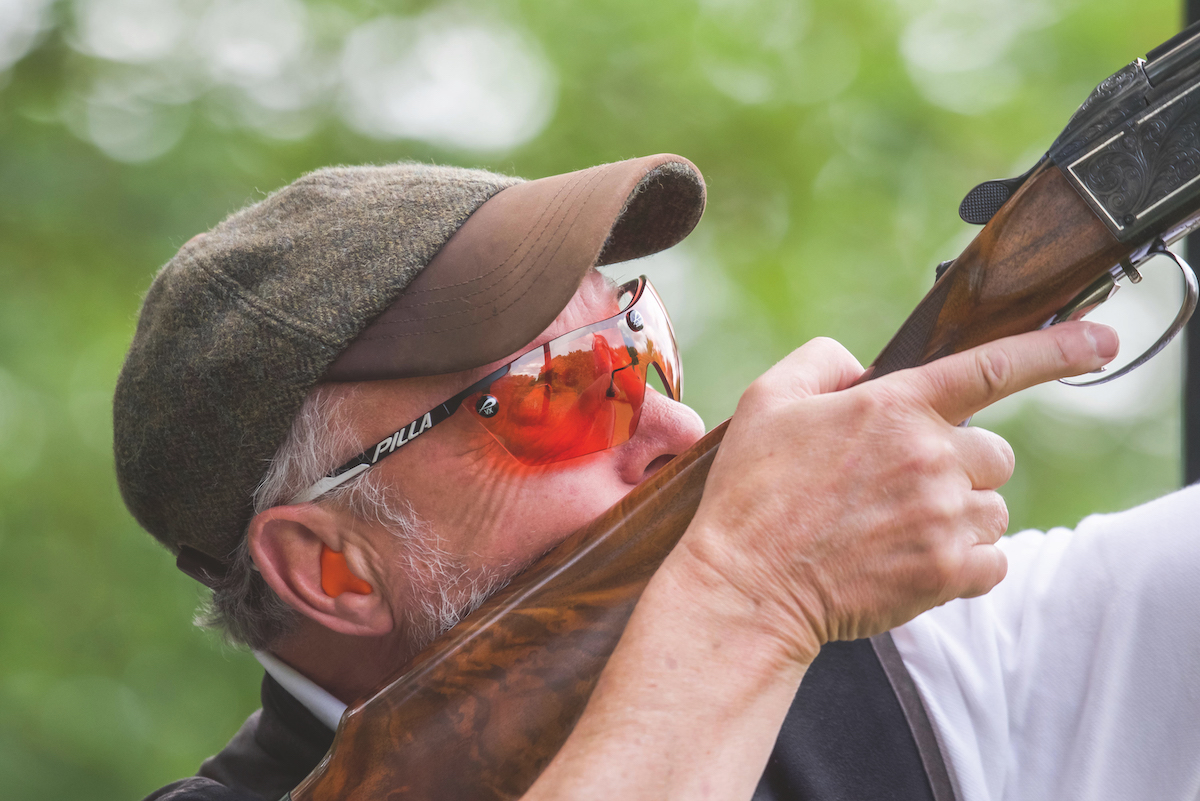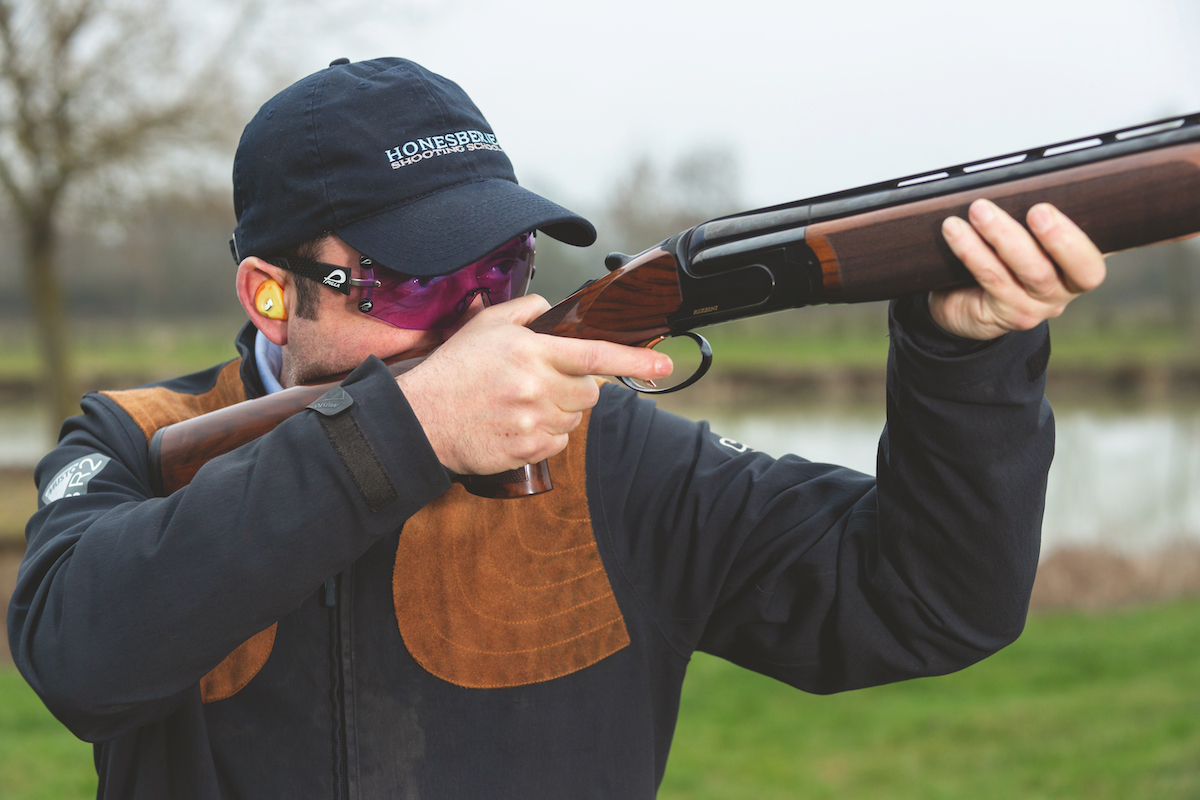How everyone can enjoy hawking

I’ve been involved with rabbit control from a very early age, and from as nearly as long as I can remember I’ve always done my utmost to ensure a rabbit never escapes my clutches and gets away.
In fact, i’ve never been a fan of escapees, and, to be really honest, just the thought of any rabbit slipping away really miffs me.
Slowly and surely, bit by bit, I’ve managed to perfect each control method I employ to ensure that my company and I fulfil the title of professional rabbit takers. It’s only in this way that i can be seen to be a professional.
However, there’s still one method of control with which I still seem to struggle, and that’s hawking.
In these austere times it seems that everyone seems to be running to stay still at the moment and my busy schedule in the winter means that I never get to fly my Harris hawk Bracken as much as I’d like to, or indeed ought.
This is a great shame as I’ve got permissions over thousands of acres where I can fly her and, to be honest, the majority of my customers really like to see her in action.
 Effectiveness
Effectiveness
The problem is that whenever she’s flown after rabbits bolted by ferrets her effectiveness tends to be minor in comparison with using nets and dogs – albeit it is highly enjoyable to watch!
This lower return on effort meant it wasn’t always cost effective to fly her. I often had to leave her in the aviary as my customers want results, not stories of dramatic flights. Quite often this meant after a long day’s ferreting I would fly her in my garden under security lighting, trying to keep her as fit as possible – considering the circumstances, that is.
Not good
My workload was becoming somewhat ridiculous and I was starting to question if I even merited the honour of owning her; she deserved to be hunting a lot more regularly than she was. Bracken held rabbits well when she made contact and few ever wriggled free.
I persevered with her night flying in the garden for sometime although I felt I was cheating her out of a life she deserved. Then one night, when a rat ran across my garden, she got her unsuspecting target firmly in her powerful set of talons after just a few graceful flaps. Result!
With the excitement over and Bracken on my fist, I suddenly realised what I’d been doing. “Nice one Bracken,” I thought to myself, “it seems I’ve trained you to the lamp mate!”
Being the patient type of bloke that I am (not), I kept a keen eye on her weight over the next day or two, waiting for her to return to her optimum flying weight.
When this was achieved, it was time to see if I’d found another ally and tool in my rabbit control armoury. I kept thinking: “in what situation would a hawk beat other forms of control via the lamp?”
Opportunities would be limited; shooting from a quad suited most farmland jobs and in places where firearms are forbidden or lurchers are simply not practical because they’re either too slow or there are obstacles present that may hinder their progress.
Right time
Perhaps hawks could work in certain situations, I thought, and it was time to test my theory!
A couple of days after the rat incident, Bracken was back to her flying weight. Any heavier and she would probably go to roost or just fly off. If her weight was too low, however, she wouldn’t have the energy to fly with any amount of velocity.
Bracken, a friend armed with a reliable lamp and I headed to our venue to test my theory.
it’s important to use lamps that you can trust. I’ve probably used every lamp on the market over the years, but now i always rely on the lightforce lamps that ruag ammotec supply.

Right conditions
Lamps aside, we opted to go to a farm where I knew the rabbits were not lamp-shy for our first trial. With Bracken sat on my fist and my friend lamping, we set off. In the first field we entered we saw a rabbit squatted some 80 yards away up the beam.
Bracken didn’t noticed it at first, but then the rabbit gave a little reshuffle in an attempt to squat deeper and avoid detection. i could feel her grip tighten through the glove and she was now looking at the target with intent, although still unsure because of its lack of movement.
We walked a bit closer then “we’re on”! The rabbit suddenly left its seat as it realised its cover had been blown. With the rabbit in almost instant top speed, Bracken was cast and the pursuit was
on. I watched open-mouthed as she covered the ground and was closing in.
Within a few wing beats she was accelerating towards her fleeing prey. The rabbit was at top speed as it headed straight for the wood. The rabbit didn’t see what was coming which, to be fair, isn’t surprising as there are no wild birds of prey that hunt adult rabbits here in the south at night.
Bingo!
Bracken came out of the darkness and into the beam of light. She and the rabbit were now fully illuminated. She folded her wings and like a heat-seeking missile and made her strike.
I ran over to despatch the rabbit and let Bracken have a small reward for her efforts in the form of some very fresh rabbit.
I was over the moon, or was it just beginner’s luck? Most people with half a brain cell would have quit while they were ahead – but i haven’t – so we decided to carry on lamping.
Once again we ‘lamped up’ another rabbit, but this time Bracken saw it immediately and after flying 100 yards or so she had secured it in a hedge bottom. We carried on walking the fields and ended the evening with five slips and four rabbits. I fed her on the last rabbit until her crop was full.
Robbed
This procedure – to those who don’t know – reinforces in the mind of the bird that she isn’t getting robbed of her catch, and that it provides her food and purpose for all her efforts.
Working with a bird of prey isn’t like working with a dog. A dog works for its master, but a bird of prey handler works for the bird… and tries their utmost not to offend it. If a handler offends the bird then this can often result in the bird sulking. Offending can be caused by the immediate retrieval of the catch without reward by the falconer, poor handling or a dozen other things… the list is endless.
Since this initial trial i’ve spent many nights in places where the guns couldn’t be used and the dogs are not a practical solution, such as places open to the public, and i’ve found the system works very well.
Tool for the job
The system does suit me, but only in certain situations. Admittedly i’ll never catch hundreds in this way, but it’s certainly another control method I can add to my existing armoury that’s handy when all other methods have failed.
As an aside, since I’ve been experimenting with hawking with a lamp I’ve checked out several articles on the internet on the topic. Many have done it before but it’s generally considered unsporting by falconers: but unsporting is what i’m about!








